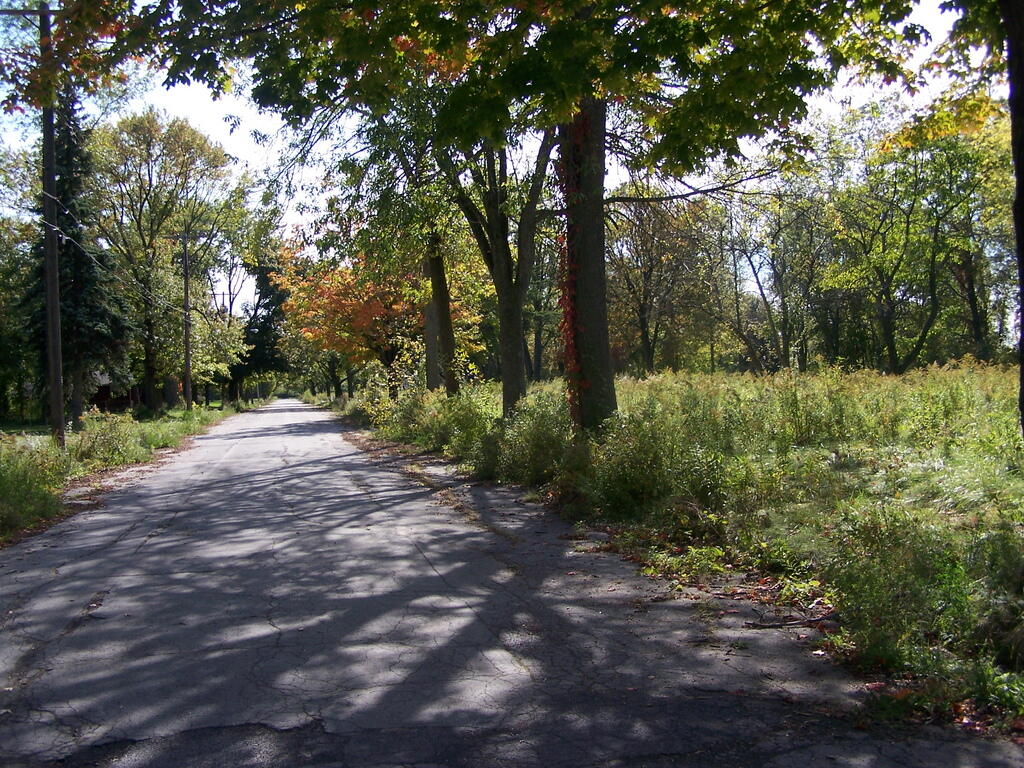Yesterday I was thinking about that article I posted about PFOAs being found in rain water … 💦
We really live in a swamp of man-made chemicals, toxic or otherwise. It literally rains all kinds of noxious things out in sky, we breathe them in, we eat it in our food. Most of the chemicals are at very low levels, but they’re everywhere. Now we shouldn’t be afraid, but we should be asking manufacturers to use a little bit more precaution because once the genie is out of the bottle you can’t put him back in right away. I think it’s kind of silly for individuals to take excessive steps to avoid exposure to chemicals, as they’re everywhere and you can’t avoid them, but we should be asking more of industry to do better.
